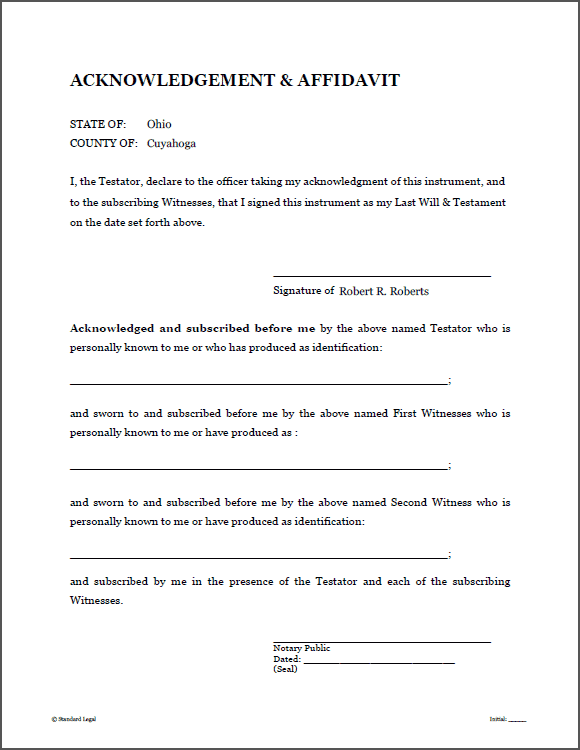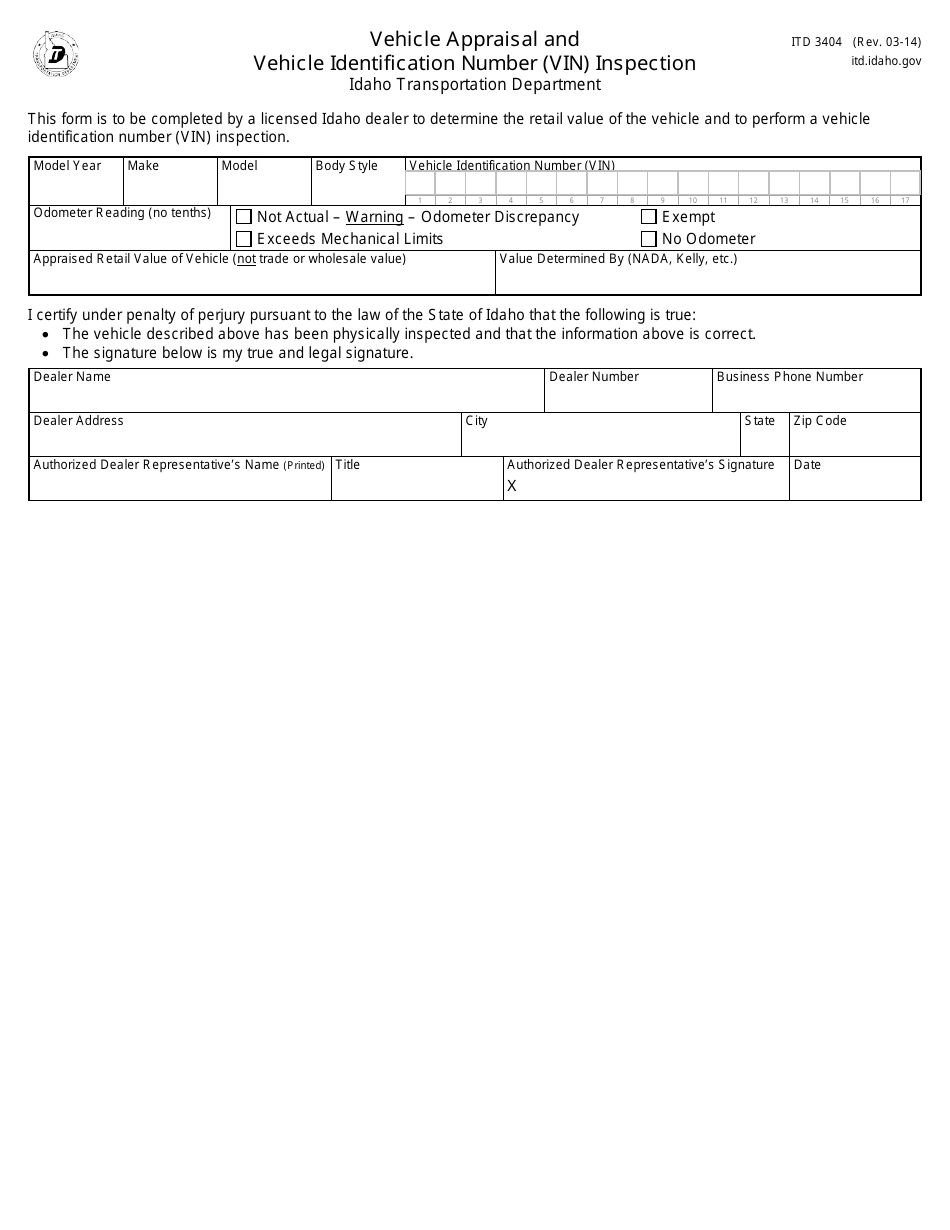
Anyone who has searched any index whether manually or by computer knows the difficulty of finding specific cases where the parties are named Macdonald, MacKay, etc. If a single typographical error occurs in the names, accurate retrieval is impossible. When computers search large amounts of case law covering a number of years for a specific decision, the weaknesses of searching by style-of-cause are even more serious. Publishers of law reports, encyclopedias and digests should be encouraged to include numbers in their works. The docket number is frequently used to reliably identify a case and is very useful for so doing because it is not susceptible to variation. A complicated case involving many court appearances can be very difficult to sort out in different law reports. As the reader may be well aware, different headnotes for the same case are often not reliable guides either one can scarcely tell that the same case is being described. The problem is most obvious when one party is the Crown which may be variously styled as : Her Majesty the Queen, The Queen, The Queen in right of the Province of., The Province of., The Attorney General of, Regina, etc. While collecting data for our study on duplication among law reports, we discovered that style-of-cause was a nearly impossible method of finding a reported decision The names and the order of presentation of the parties varied a great deal in each law report, which was particularly serious in those with indexes which do not provide cross-references. The Canadian Law Information Council, in its 1981 study entitled, "A Model Judgement Handling System for Canadian Courts", identified a number of critical factors supporting the development and implementation of a unique numbering system for judgments. THE CLIC / CBA DECISION NUMBERING SYSTEM FOR CANADA I. The Canadian Law Information Council in conjunction with the Canadian Bar Association believes that there are significant advantages to the introduction of this system throughout Canada and urges its adoption. The increasing specificity of the number from left to right will assist legal research, whether it is performed manually or by computer. The alphanumeric system will be easy to read and remember and the separation of numbers from letters will avoid confusion and the transposition of numbers.

In the event that the decision is appealed to the Saskatchewan Court of Appeal (as number 10222 in that court), the number would read: Would indicate a decision which was number 34012 rendered in the Court of Queen's Bench, Regina Registry office, in the Province of Saskatchewan, in 1986.
#Legal document easy numbering serial number
(e) a multi-digit serial number representing the decision number in that court registry.Īdditional alphanumeric elements will designate the court to which an appeal is taken and the serial decision number assigned to the appeal decision. (d) a single letter representing the particular level of court rendering the decision and (c) a two-digit number representing the location of the court registry office

(b) a two-letter element representing the jurisdiction in which the decision was rendered

(a) a two-digit number representing the year in which the decision was rendered The proposal provides for five basic elements of any decision number : The number would remain the same throughout the "life" of a decision (with certain additions in the case of additional decisions rendered in the same matter and appeals) and would become its primary locator number within case law reports, summary and digest services, and online retrieval systems. The proposed CLIC/CBA decision numbering system as described in this document would be implemented throughout Canada and would provide for a unique alphanumeric number to be assigned to each decision by the registrar of the court in which a decision is rendered. The increasing use of computer-assisted legal research will make it easier to locate and track any and every decision across the country but only if an appropriate numbering system is implemented which describes each decision in a unique fashion and provided that the system is easy to read and understand.

In a number of instances, the retrieval of case law can be a time-consuming and frustrating process owning to the manner in which styles-of-cause are applied to cases, or because of the haphazard manner in which case law is published throughout Canada. THE CLIC / CBA DECISION NUMBERING SYSTEM FOR CANADA CLIC/CBA Decision Numbering System for Canada


 0 kommentar(er)
0 kommentar(er)
